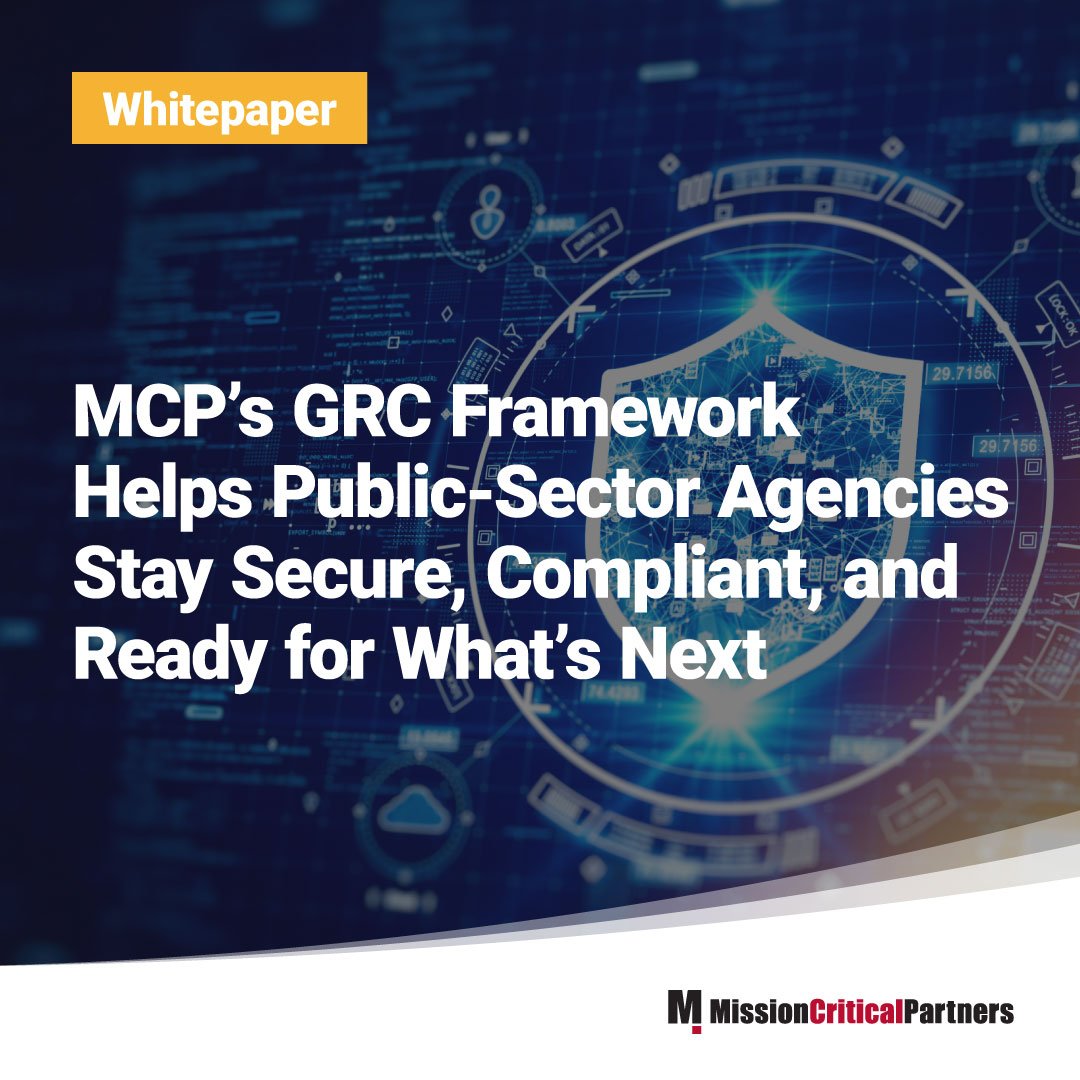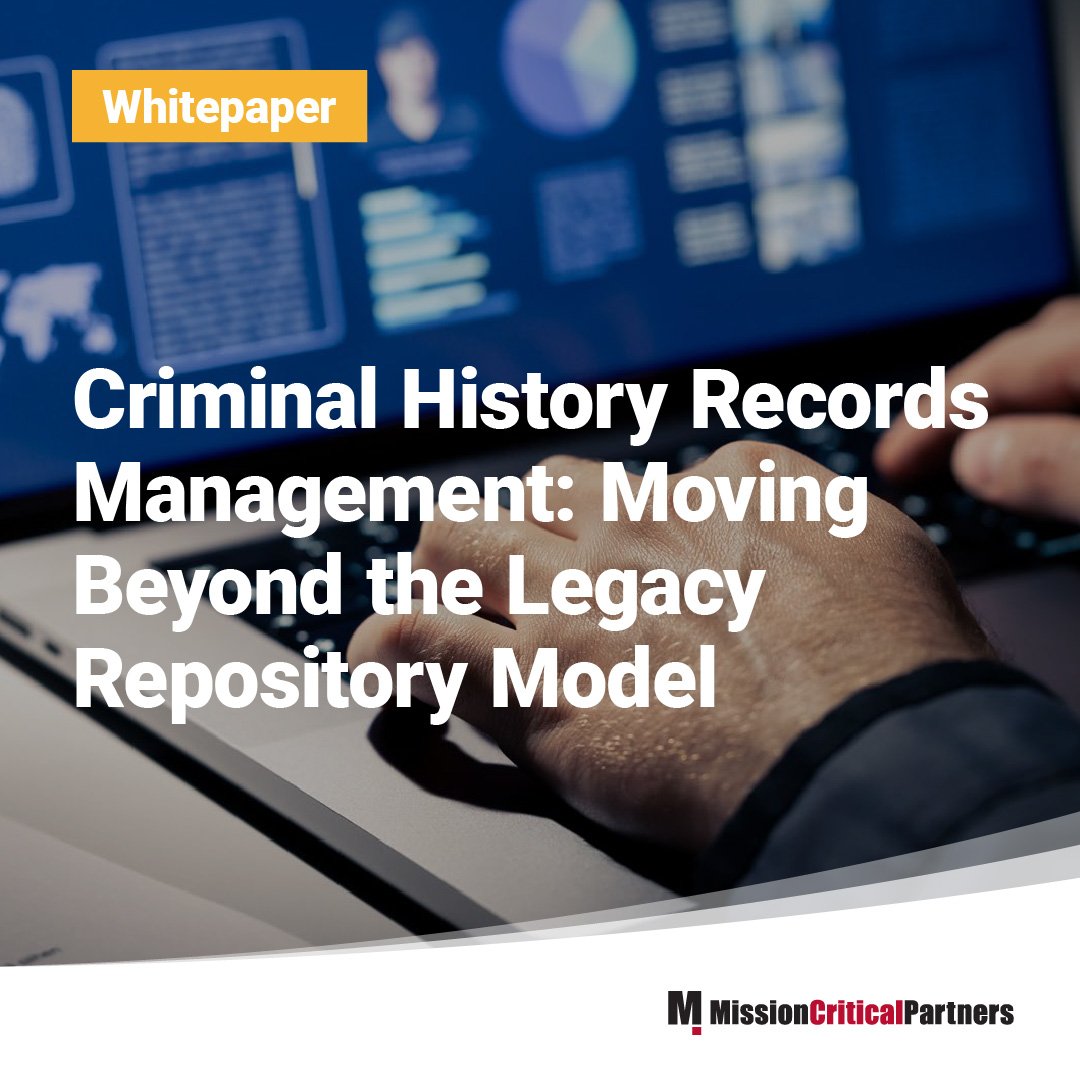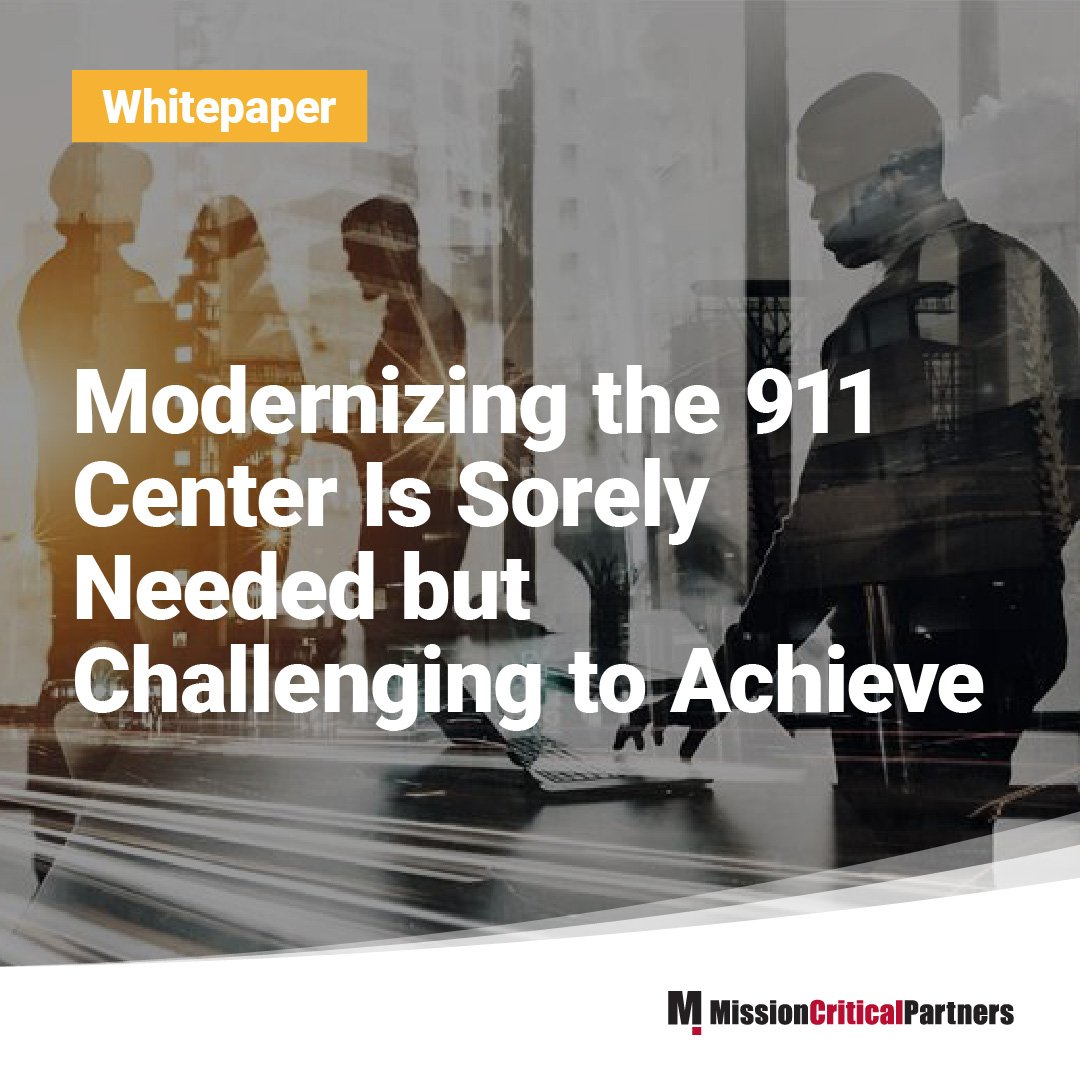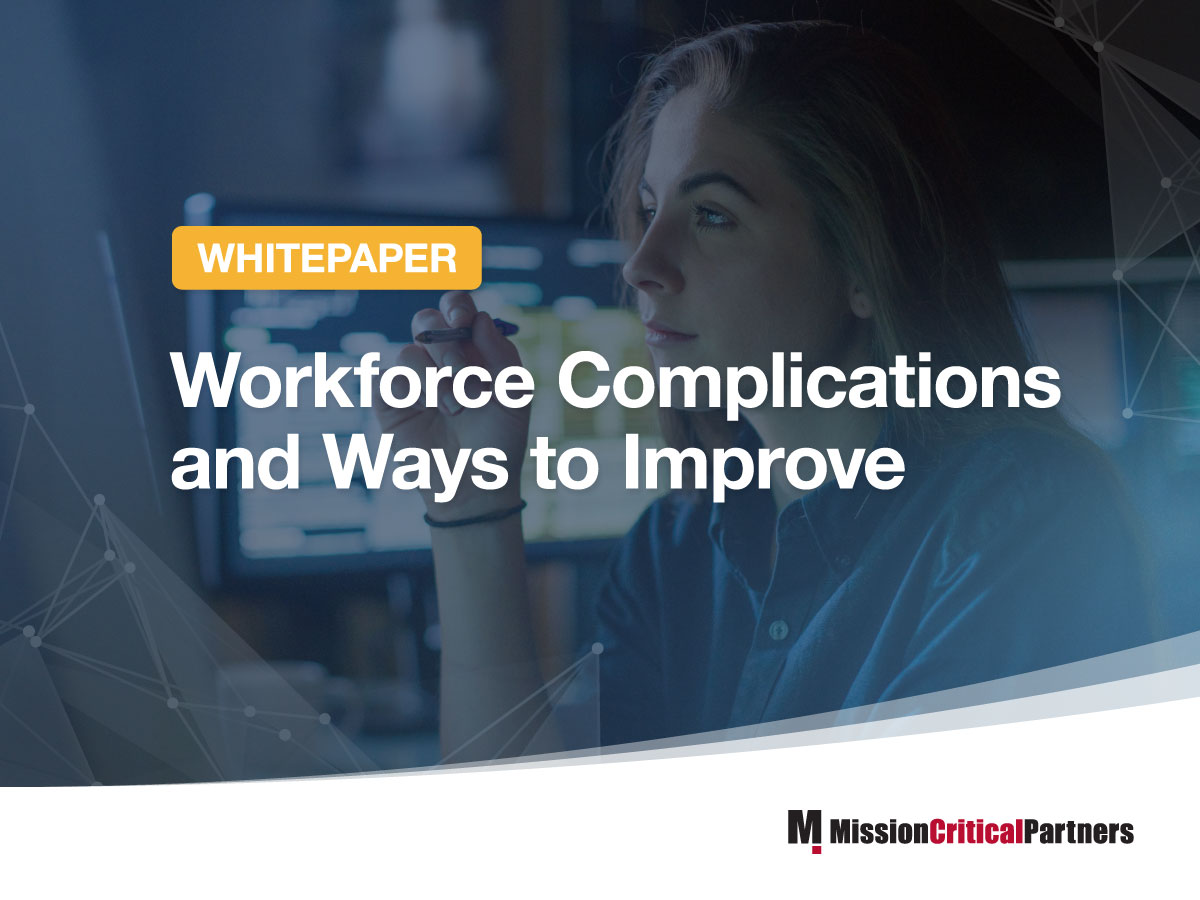Whitepaper: Don’t Stop at Launch Why Post-Deployment Alternative First Response Impact Mapping Is Essential for Navigating Success
Mission Critical Partners’ latest whitepaper explores why launching an Alternative First Response program is only the beginning—and how jurisdictions can ensure these models truly deliver results over time.
Topics: Public Safety, Consulting, White Papers














